Q: Why are so many toy trains manufactured to use three rails? It seems to me that regardless of whether a train uses AC or DC, two rails are all that would ever be needed to deliver electricity to the locomotive. HO does just fine on two rails, as do some types of larger scales.
A: You’re absolutely right, Ernest, and in the toy train world, American Flyer S gauge was also a two-rail system. Actually, the first 27/8-inch gauge Lionel trains ran on two rails 100 years ago. The company changed to three-rail track about 1906, when Standard gauge was introduced. O gauge followed in 1915.
Perhaps the biggest consideration in switching to a three-rail system was doing away with the need for troublesome, expensive axle insulation, which was crude back then (remember, this was an age before plastics). There were some electrical advantages to three rails too, lying mainly in simplified accessory control and in the wiring of certain track plans.
Interestingly, a three-rail system was quite prototypical and state-of-the-art at the time. Many real railroads were switching to electric locomotives, utilizing a third rail for power, particularly in the densely populated East. Most Lionel locomotives sold before about 1930 were modeled after prototype electrics. Of course, American Flyer and Ives were also in the competition, with similar engines and compatible three-rail track.
In this day of quantum leaps toward forced obsolescence, it is hard to imagine that nobody was in a hurry to change anything drastically in those days. Literally millions of three-rail trains were in use. Extra cars, track and accessories were selling well. “Evolution rather than revolution” was key among the train makers.
The idea of converting to a new two-rail system was out of the question, in spite of pressure from some hobbyists who were trying to build realistic model railroads using a combination of toy and the more-or-less scale O gauge equipment that was entering the marketplace. By the end of World War II, the pressure was off, as many model railroaders switched to the smaller scales. O was again almost exclusively a toy train gauge.
When the nostalgia-driven train collecting hobby picked up speed in the 1970s and ’80s, the collectibles of choice were mainly three-rail relics, because that’s where all the good memories were. Many of these collectors were in the vanguard of today’s toy train operators, because they began building realistic-looking layouts as backgrounds on which to display their treasures. That idea caught on big time! Sure, two-rail is more prototypical. But, the people who build and operate three-rail layouts frankly don’t care.
There is evidence that Lionel considered going to a two-rail system at least four times in its history – the early 1930s, the middle ’40s, the middle ’50s and for a short time in the ’70s. Each time the decision was voted down and a more realistic three-rail system was introduced instead. Solid T-rail O-72 track was the 1930s compromise. The Super-O track of the ’50s carried things a step further with many more crossties. The Tru-Track system of the ’70s, however, never really got off the ground. The only time Lionel didn’t respond this way was in the 1940s, when A.C. Gilbert trumped Lionel with two-rail S gauge.
So, Ernest, this is why we still have a three-rail system for our toys, in spite of the fact that two-rail technology has been around for a century. It isn’t ignorance or inertia, it’s simply a conscious, proactive choice on the part of the vast majority of the people who buy the trains.





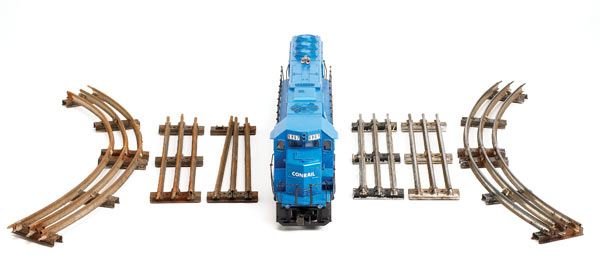

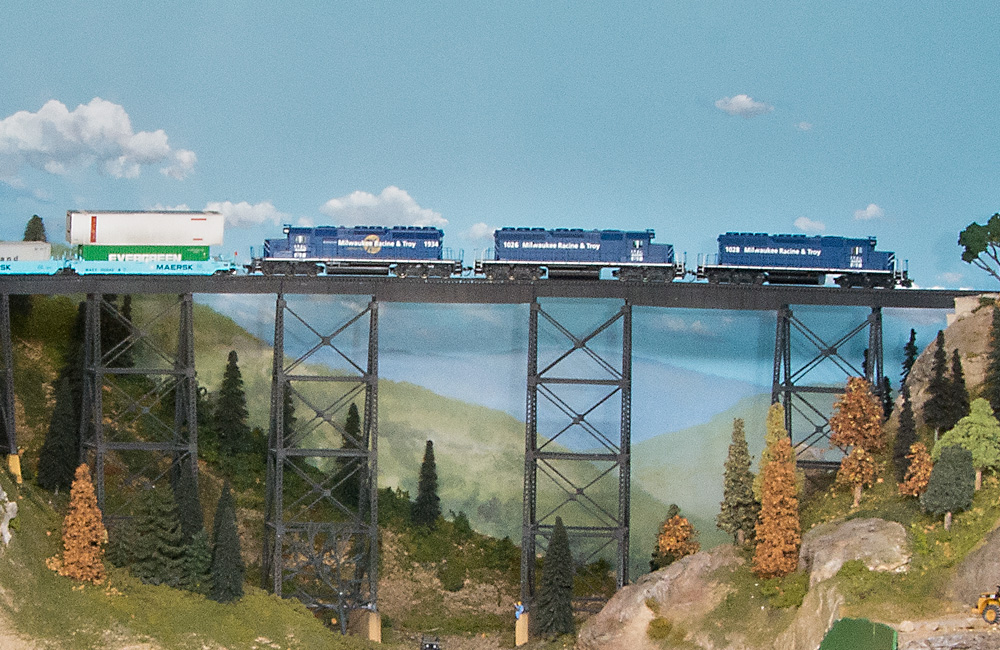
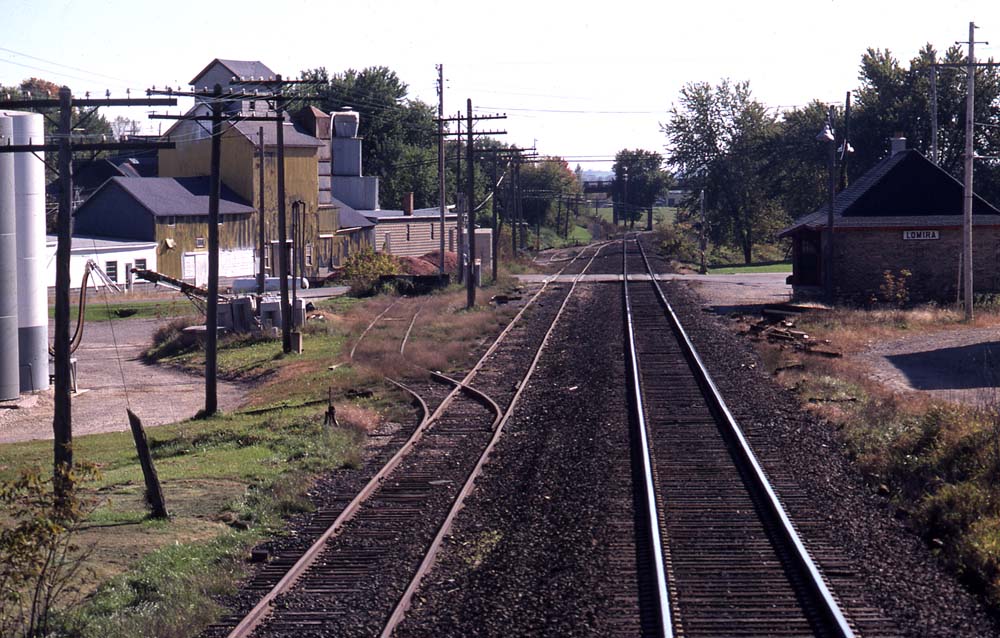
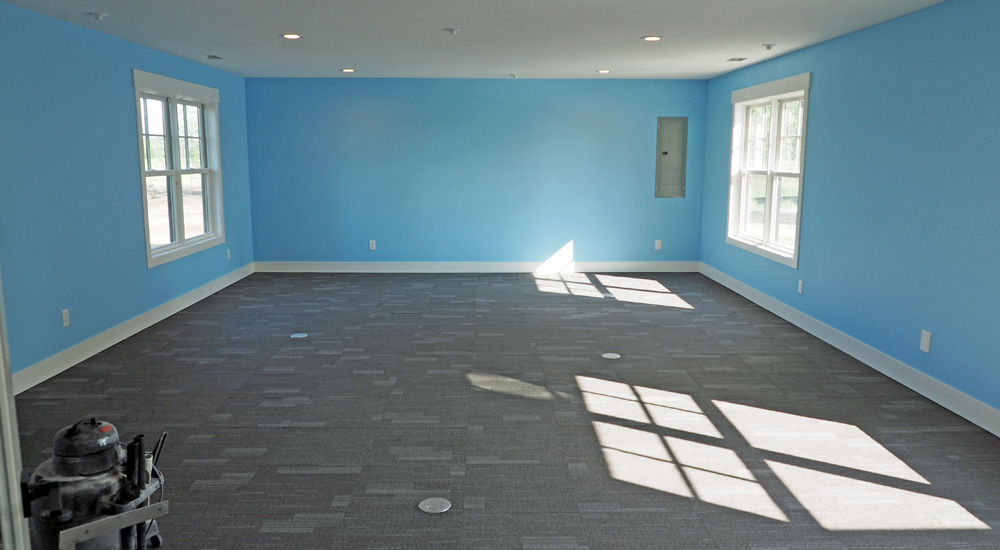
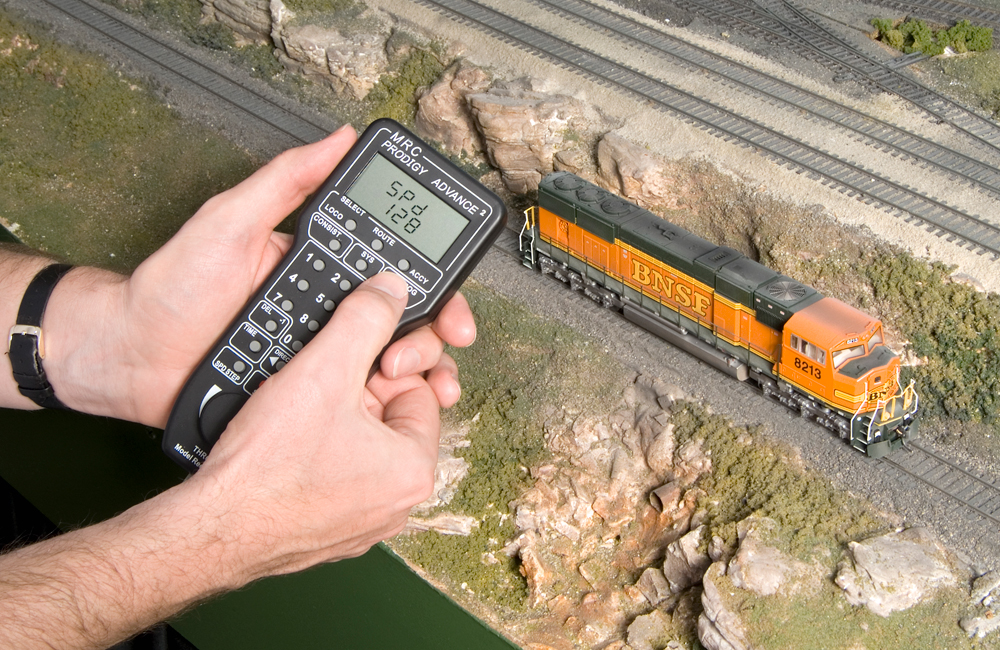




I am wondering why this same article is repeated from a year earlier, last appearing in May, 2009?